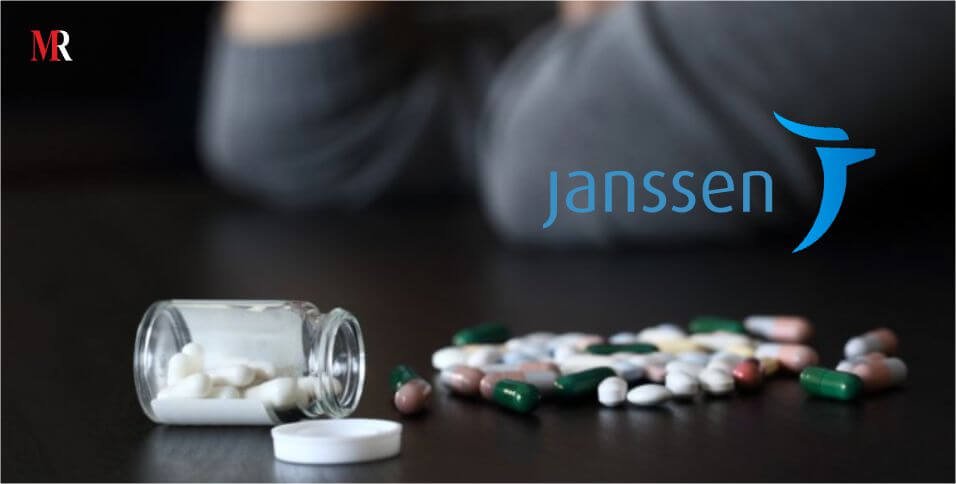The ketamine-like nasal spray for depression will be delivered only in a doctor’s office and is intended to be used in addition to an oral antidepressant
The US Food and Drug Administration recently approved esketamine for treatment-resistant depression. The drug dubbed as Spravato is developed by Janssen Pharmaceuticals, Inc. and would be used as a treatment for severely depressed people who haven’t responded to two courses of other treatments.
The first ketamine-based antidepressant, Spravato is a nasal spray that must be delivered in a doctor’s office and is intended to be used in addition to an oral antidepressant. Ketamine as an anesthetic has been used for decades; it is also an illicit drug, known as “Special K” or “Vitamin K,” that can create out-of-body psychedelic hallucinations.
Moreover, while other antidepressants often take weeks to kick in, ketamine and related compounds work within hours or days for some people. Reportedly, in the clinical trials, some patients experienced the effects of Spravato in two days.
A note on authentic use of the drug
Tiffany Farchione, acting director of the Division of Psychiatry Products at the FDA’s Center for Drug Evaluation and Research, said, “There has been a longstanding need for additional effective treatments for treatment-resistant depression, a serious and life-threatening condition.”
“Because of [safety] concerns, the drug will only be available through a restricted distribution system and it must be administered in a certified medical office where the health care provider can monitor the patient,” Tiffany added.
Insights into the drug actions
Some of the side effects of Spravato could be dizziness, nausea, vertigo, anxiety, lethargy, increased blood pressure, vomiting, feeling drunk, decreased sensitivity, sedation, and dissociation, a feeling of being temporarily “disconnected” from human body and mind.
The agency said in its announcement that the drug label will contain a “boxed warning” that alerts patients to the risk of “sedation, and difficulty with attention, judgment and thinking (dissociation), abuse and misuse, and suicidal thoughts and behaviors after administration of the drug.” As a result of these risks, patients must be monitored for at least two hours after being given the drug.
















